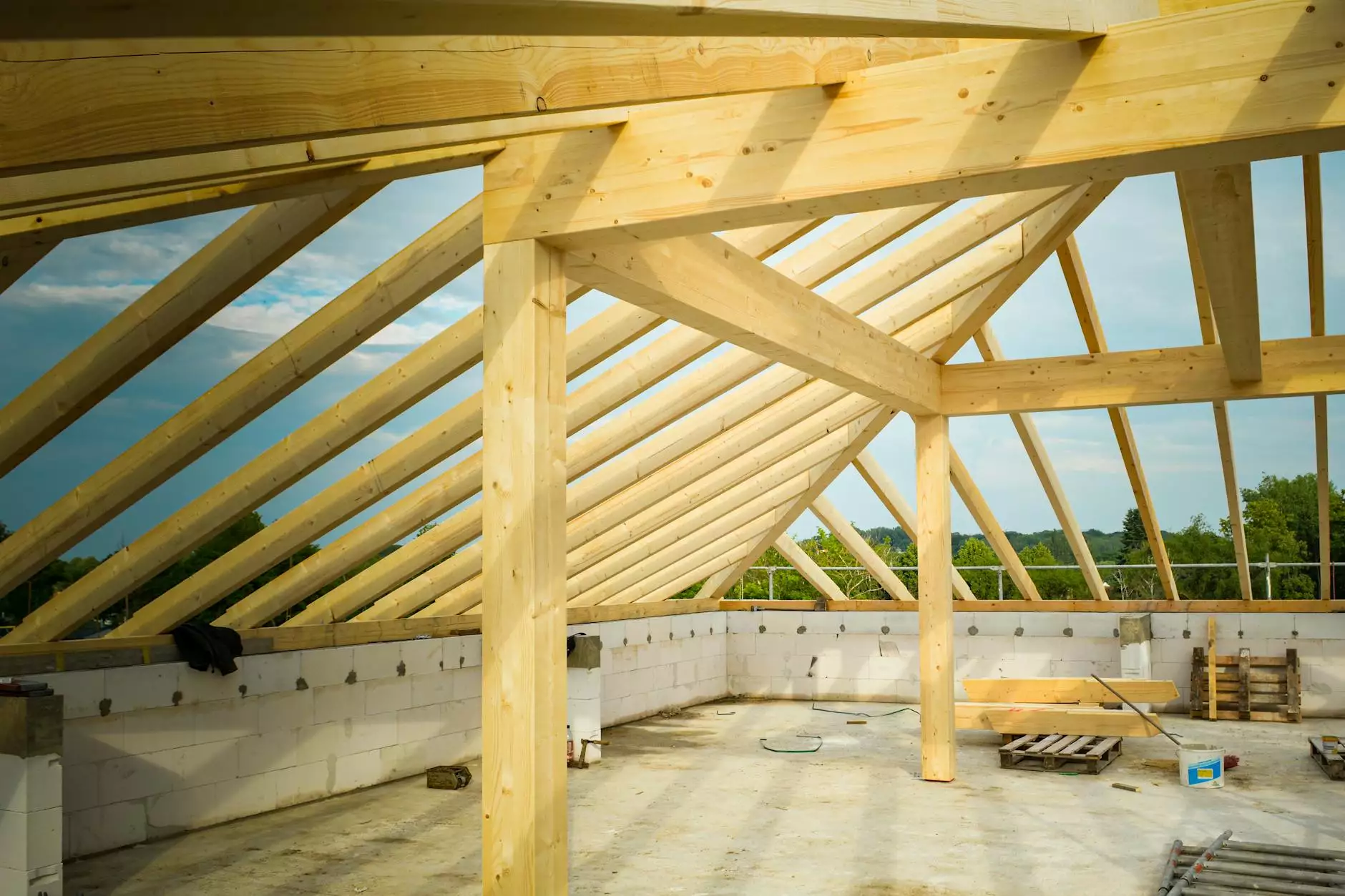Understanding the Commercial Real Estate Trends of 2023

Commercial real estate has always been a dynamic sector, influenced by a multitude of factors ranging from economic conditions to market demands. In 2023, as we navigate through post-pandemic recovery, it's crucial to analyze the emerging trends that are shaping the landscape of commercial properties. This article explores the key trends, insights, and future predictions for the commercial real estate market, empowering investors and stakeholders to make informed decisions.
1. Rise of Remote Work and Its Impact on Office Spaces
The pandemic has irrevocably changed the way businesses operate. Remote work has become a norm for many companies, leading to a significant transformation in demand for office space. Here are some insights:
- Flexible Office Spaces: Businesses are increasingly opting for co-working spaces and flexible leases that allow for scalability.
- Hybrid Work Models: Companies are adopting hybrid work arrangements, necessitating reconfigured office layouts that support collaboration while accommodating fewer employees on-site.
- Technology Integration: Properties that offer advanced technology solutions, such as virtual meeting rooms and enhanced internet connectivity, are gaining traction.
2. E-commerce Boom and Logistics Real Estate
The surge in e-commerce has driven up demand for logistics and warehousing spaces significantly. Investors should consider the following:
- Last-Mile Delivery Centers: The focus on expedited shipping has increased the demand for facilities located closer to urban centers.
- Sustainability Practices: With environmental concerns on the rise, logistics companies are investing in green warehousing and energy-efficient buildings.
- Automation and Technology: Properties equipped with automation technologies are becoming a requisite for operational efficiency.
3. Sustainability and Environmental Responsibility
In recent years, sustainability has moved from being a buzzword to a fundamental aspect of commercial real estate. Here are some critical trends to note:
- Green Certifications: Buildings that achieve certifications like LEED (Leadership in Energy and Environmental Design) are increasingly preferred by tenants and investors alike.
- Energy Efficiency: Investment in energy-efficient appliances and smart building technologies is on the rise, helping to reduce operational costs.
- Community Impact: Developments that focus on social responsibility and community involvement are becoming increasingly important to consumers and investors.
4. The Shift in Retail Spaces
Brick-and-mortar retailers are reassessing their strategies as online shopping continues to thrive. Key insights into this trend include:
- Multifunctional Spaces: Retailers are adapting by transforming spaces into experiential environments that combine shopping with entertainment.
- Pop-Up Shops: Temporary retail spaces are gaining popularity, allowing brands to test markets without long-term commitments.
- Location Strategy: Retailers are placing importance on location, opting for places with high foot traffic and accessibility.
5. Investment in Mixed-Use Developments
Mixed-use properties that combine residential, commercial, and recreational spaces are becoming increasingly desirable. The benefits include:
- Diverse Revenue Streams: Investors are attracted to mixed-use developments for their ability to generate income from multiple sources.
- Community Engagement: These developments foster community interaction and can enhance neighborhood livability.
- Urban Revitalization: Investing in mixed-use projects can contribute to urban renewal and economic growth in underdeveloped areas.
6. Technology’s Role in Real Estate
Technology continues to revolutionize the commercial real estate industry. Here’s how:
- Proptech Innovation: Technological advancements, such as virtual tours and property management software, are reshaping the leasing process.
- Data Analytics: Property owners are leveraging data analytics to make informed investment decisions and enhance operational efficiencies.
- Blockchain Solutions: The use of blockchain technology in property transactions is emerging, promising more transparency and security.
7. The Importance of Demographic Trends
The changing demographics of the population are directly influencing commercial real estate trends. Consider the following:
- Urbanization: As more people flock to cities, the demand for urban commercial spaces continues to grow.
- Millennial Preferences: This generation prioritizes convenience and experiences, leading to shifts in location preferences and types of commercial properties.
- Aging Population: With an increasing elderly population, there is a growing demand for healthcare facilities and senior living developments.
8. Navigating Uncertainty in the Market
Despite the promising trends, commercial real estate faces challenges, including:
- Interest Rate Fluctuations: Rising interest rates can impact borrowing costs and investor willingness.
- Geopolitical Factors: Events on the global stage can create uncertainty, influencing investment decisions and market stability.
- Legislative Changes: Keeping abreast of changes in regulations and policies is essential for investors and developers alike.
Conclusion: Future of Commercial Real Estate
As we move through 2023, the commercial real estate trends indicate a shift toward a more sustainable, technology-driven, and flexible environment. Investors and businesses must adapt to these changes to thrive in a competitive landscape. Navigating these trends will require a keen understanding of the market dynamics and a commitment to innovation and responsiveness.
For businesses seeking expert guidance in navigating the evolving commercial real estate landscape, sgluxuryhomes.com.sg offers unparalleled insights and resources in residential and commercial markets. Our dedicated team is committed to ensuring that you are well-informed and prepared to make the best investment decisions.
References
For further reading on commercial real estate trends, consider exploring resources from industry publications, real estate market reports, and expert analyses. Staying informed is key to capitalizing on emerging opportunities.









